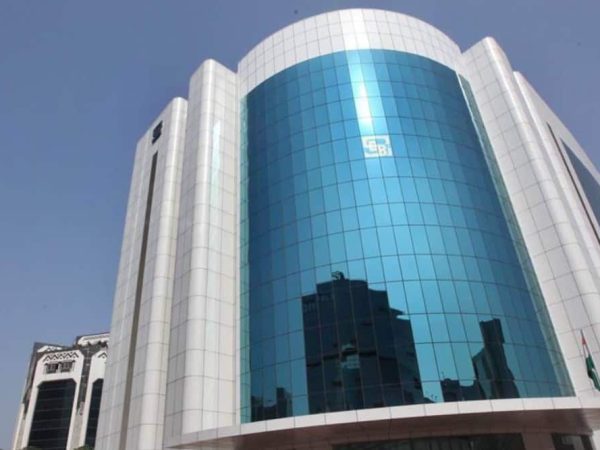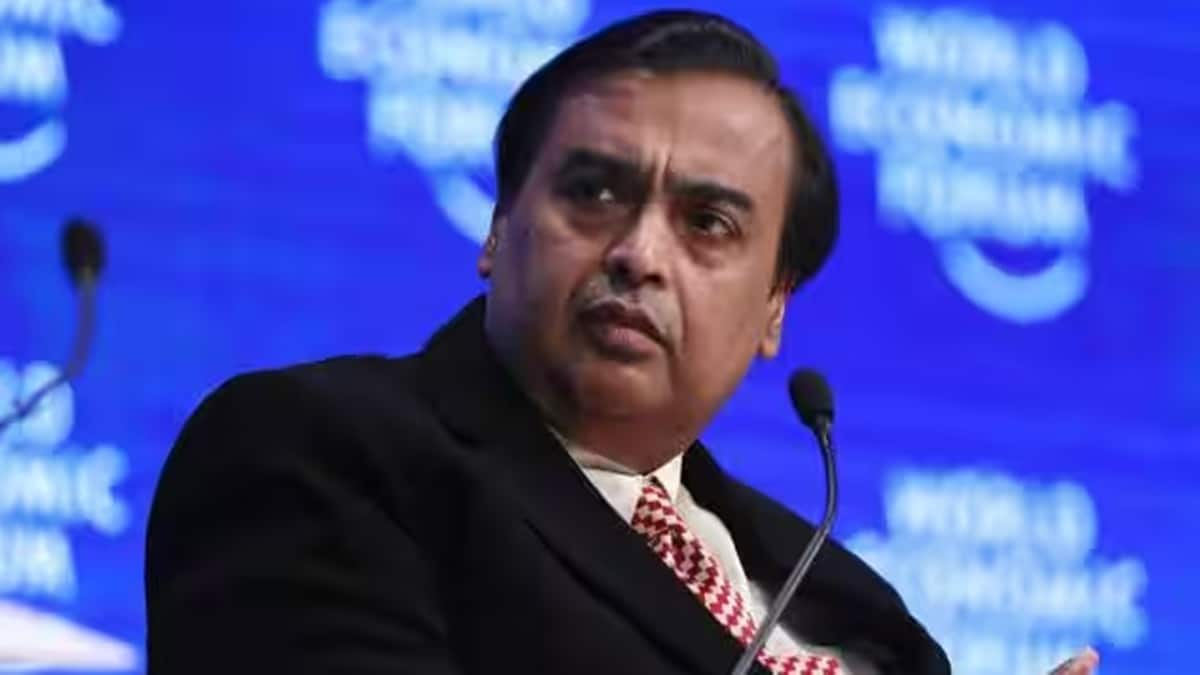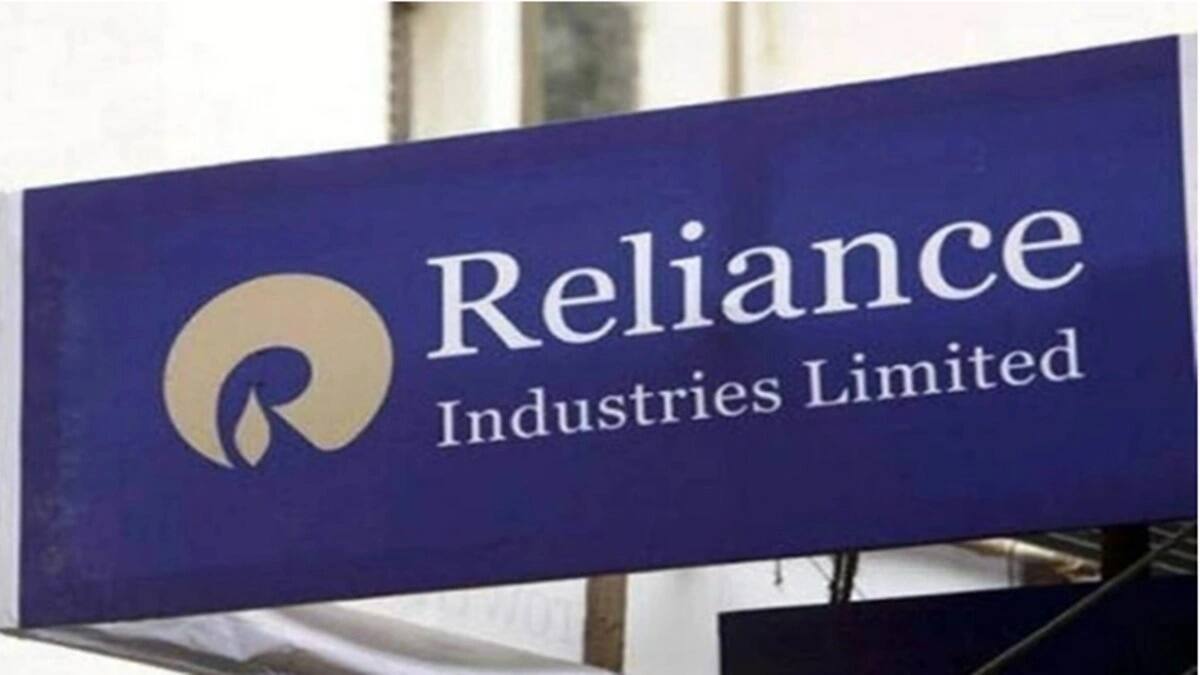FPIs pump in Rs 8,600-cr in Sep; pace of investment slows
After infusing more than Rs 51,000 crore last month, foreign investors have slowed down the pace of equity buying in India in September so far, as they invested a little over Rs 8,600 crore, on sharp depreciation in rupee. Going forward, Foreign Portfolio Investors (FPIs) are unlikely to buy aggressively amid rising dollar, VK Vijayakumar, Chief Investment Strategist at Geojit Financial Services, said.
Indication of further rate hike by the US Federal Reserve, fears of a recession, depreciating rupee and continued tensions in Russia and Ukraine will affect FPI flows, Basant Maheshwari, smallcase manager and Co-founder, Basant Maheshwari Wealth Advisers LLP, said.
FPIs turned net buyers in July after nine straight months of net outflows, which started in October last year. Between October 2021 till June 2022, they sold Rs 2.46 lakh crore in the Indian equity markets. According to the data, FPIs have bought equity to the tune of Rs 8,638 crore during September 1-23.
Also Read: RBI MPC may take hawkish stance on repo rate; must look at rationalization of tax rates, FPI limits for G-Sec
However, FPI activity has turned highly volatile with alternate bouts of buying and selling. They have sold on seven occasions in this month so far. In fact, in the last two trading sessions, they have pulled out Rs 2,500 crore from the Indian equity markets. Vijayakumar has attributed increased FPI selling in recent days to rising dollar and rising bond yields in the US.
In addition, the 75 basis points (bps) rate hike by the US Fed for the third consecutive time to control rising inflation and the surging dollar have impacted FPI buying, Wealth Advisers LLP’s Maheshwari said.
“The US Fed’s hawkish tone on interest rates and the fear of a global recession fuelled pessimism among investors,” Shrikant Chouhan, Head – Equity Research (Retail), Kotak Securities, said.
Foreign investors have been slowing down their equity buying in India since September. The scenario turned adverse after a hotter-than-expected inflation report dashed hopes that the US Fed would scale down its rate hikes in the coming months. The August US inflation edged 0.1 per cent higher from the preceding month to 8.3 per cent. Compared to one year ago, it eased as it was 8.5 per cent previously.
The aggressive stance of the central bank chair, which made it apparent that the Fed will once again go for another 75 bps hike for the fourth consecutive time in its next meeting as well, dented sentiments and turned investors risk averse towards emerging markets like India, Himanshu Srivastava, Associate Director – Manager Research, Morningstar India, said.
Also, currency movement is another factor that FPIs track very closely as it has a significant impact on the returns that they make on their investments in any country. Therefore, the outflows tend to accelerate in a scenario of rapid currency depreciation.
The sharp depreciation in Rupee as it touched all-time low of Rs 81.09 against the dollar does not augur well for foreign investments, he added.
“With the dollar index above 111 and the US 10-year bond yield above 3.7 per cent FPIs are unlikely to buy aggressively, going forward. The situation will change if the dollar index and US bond yields decline,” Vijayakumar said. In addition, foreign investors have pumped in Rs 5,903 crore in the debt market during the month under review.
Apart from India, FPI flows were positive for Indonesia and Philippines, on the other hand, South Korea, Taiwan and Thailand witnessed outflows during the period under review











Recent Comments